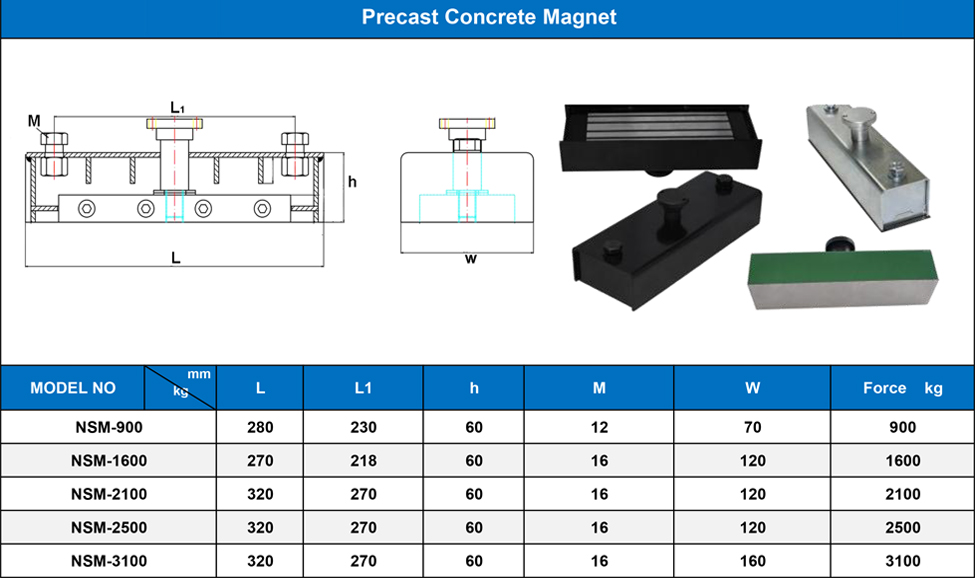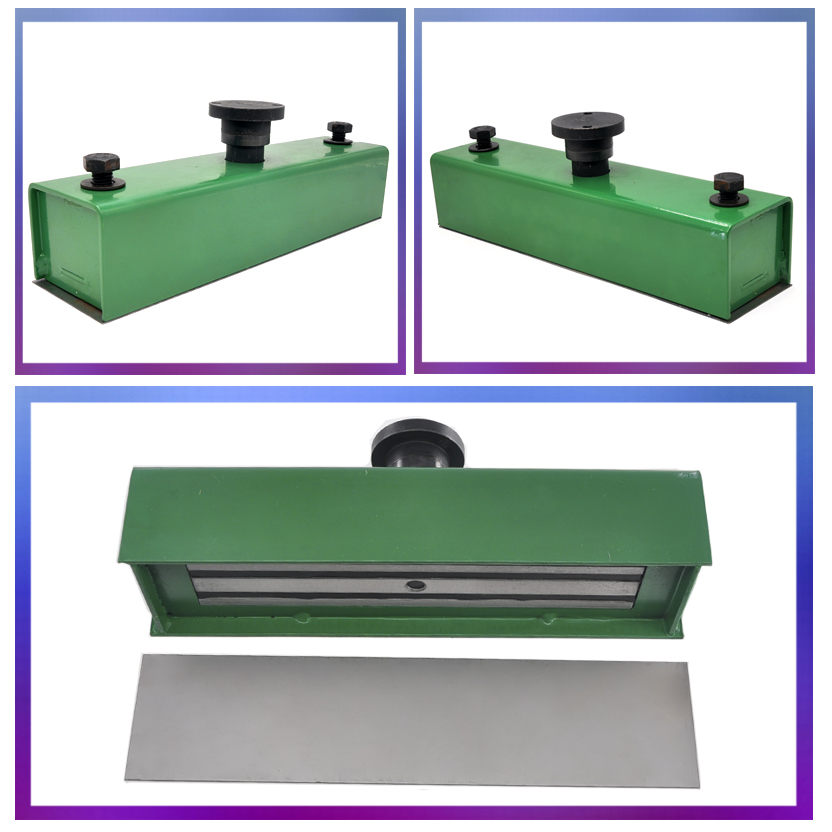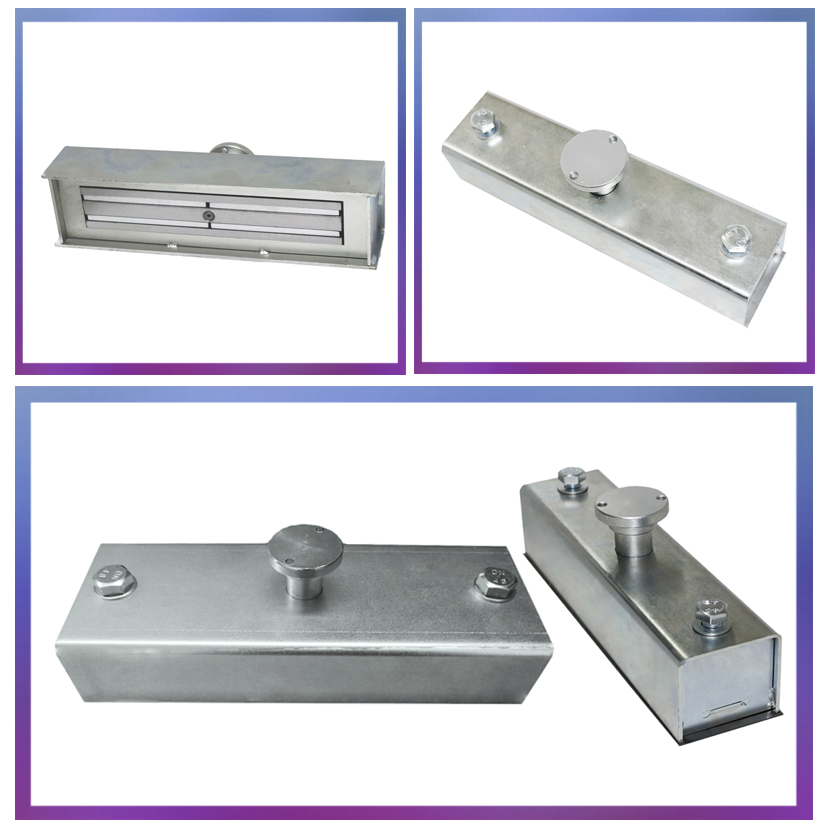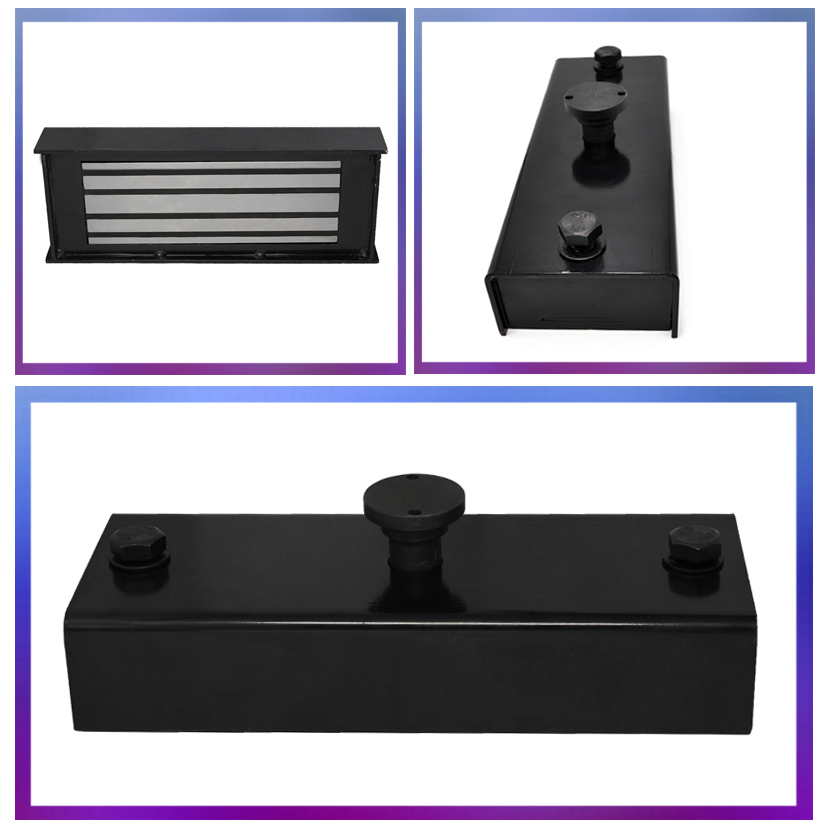In the incinerator combustion chamber, since the temperature is higher than 1000 °C, the input of waste will inevitably cause temperature change. Therefore, the refractory material is required to be not only wear-resistant, corrosion-resistant, difficult to adhere, but also resistant to alkali and oxidation. The lower side wall of the grate is also subjected to the effects of garbage wear and slag adhesion.

Therefore, the damage of the furnace wall of the grate furnace is concentrated in the refractory material of the front and rear arch areas and the refractory bricks of the second and third stages of the side wall of the grate, especially the furnace wall with air-cooling structure is prone to bulging "bullet bag" phenomenon, even collapses in severe cases. . Through the analysis of the damage of these key parts, and provide relevant countermeasures, for reference only.
Refractory erosion ash in front and rear arch areas
Due to the high temperature, the front and rear arch areas are in direct contact with high-temperature flue gas and fly ash, resulting in serious erosion of refractory materials, serious adhesion of ash and even falling off. Figure 1 is a photograph of a Siggs 500t incinerator in Suzhou after 1 year. According to the analysis results of the residual lining, the reaction between the ash and the bulk material is obvious. The formation and erosion of a large amount of low-melt is caused by the burning of the steel in the back arch zone. The main reason for forced shutdown.

At present, most of the refractory lining materials used in the front and rear arch regions are corundum mullite or mullite oxide materials with fire resistance, wear resistance, thermal shock resistance and strong scouring resistance, which are oxidized in an incinerator atmosphere. The material is easy to react with garbage fly ash, etc., and erodes and infiltrates, resulting in ash adhesion. Therefore, it is necessary to stop the furnace ash during the operation of the lining of the incinerator. Compared with oxide materials, non-oxide materials such as silicon carbide not only have good fire resistance, high hardness and good thermal shock resistance, but also silicon carbide materials are not easy to wet and have good corrosion resistance. Therefore, they have good properties. Anti-ash slag erosion and adhesion, largely solve the problem of garbage fly ash adhesion. The developed corundum-silicon carbide and silicon carbide materials are shown in Table 1. They are widely used in the first channel and the oblique top of the incinerator. As shown in Figures 2 and 3, the effect is good.

Figure 2 The first channel water wall tube lining

Figure 3 Water-cooled inclined roof with silicon carbide lining
The microstructure of the sample after the ash slag erosion test was analyzed. The results in Figure 4 show that the reaction interface between the ash and slag containing no silicon carbide and the bulk material is not clear, and the erosion and penetration are severe, while the silicon carbide-containing material and ash are contained. The reaction interface is clear, the ash residue is difficult to corrode the bulk material, and it is not easy to adhere; and as the silicon carbide content increases, the interface is more obvious, and the material is more resistant to ash slag corrosion.
Air-cooled furnace wall "drum bag"
The Higgs grate or Martin grate uses air-cooled furnace walls on the side walls of the second, third and fourth grate, generally with 60mm air interlayer, and the working layer refractory bricks are 114mm (Higgs) and 176mm (card) Vantaa) refractory bricks. In the process of using such a structural furnace wall, the thermal stress caused by the fluctuation of the temperature difference in the furnace caused by the fluctuation of the humidity or the heating value of the furnace, and the structural stress caused by the repeated stop and the furnace operation are both likely to cause the high temperature section of the furnace wall. The stress is concentrated and “bulk-packedâ€, and in severe cases, it falls off or collapses.

Figure 4 is a photograph of the maintenance of a furnace grate in Shenzhen after 1 year of use. The air interlayer is widened from the original design of 60mm to more than 100mm, and the ash residue on the material working surface is seriously attached. The investigation found that there was a “drum kit†in the furnace wall. In addition to the fluctuation of the temperature difference in the furnace caused by fluctuations in the humidity or heat value of the garbage and the reasons for repeated shutdown and furnace operation, the currently applied air-cooled furnace wall design is in the 4-wall structural unit of the side wall ( 1880mm wide) There is a problem of insufficient pulling force. The number of anchor bricks in the structural unit with 4 layers can be increased. Especially, the hook bricks are added at the climbing point of the incinerator and the connection between the furnace walls of different grate sections, which is beneficial to improve the unit. The strength of the pull. In addition, the strength of the hook brick does not meet the requirements, the metal parts of the hook brick are not well-fitted, and the level of the wall of the furnace wall is poor, which also greatly affects the structural stability of the side wall, and needs to strengthen product production and on-site construction. Control.
in conclusion
Due to the high temperature of the front and rear arches, it is seriously eroded, infiltrated and washed by the flue gas and dust ash. The use of silicon carbide-containing materials can greatly improve the ash-resisting corrosion penetration of the lining and the anti-adhesion of ash. In addition, the anchoring brick design can be used to increase the tensile strength of the unit structure, which can alleviate the problem of the drum wall "bullet bag" to some extent. In addition, improving the strength of the hook brick, the quality of the metal parts of the hook brick and the installation quality, and the level of the wall of the furnace wall also greatly improve the structural stability of the side wall.
Shutter Magnet For Precast Formwork are used for building constructions , shuttering magnets is a formwork holder, or cement hold magnet box which made of steel and Block Magnet .The structure of concrete magnet is very trim, every mechanic part are well welded thus the structure is also very stable. Construction workers could adjust the magnetic force through rotate the bold nut,thus they could remove the Magnetic Formwork Systems easily. The steel shell could focus most of the magnetic force to the bottom while prevent corrosion.The steel surface is plastic sprayed please do not make abrasion on it.
However, there are two means to use Magnet for Precast formwork, first one is to build a concrete formwork directly on the ground,then inject the concrete,this one is more flexible on construction design . Second one is use the Magnet For Precast Concrete on a concrete formwork platform, remove the shuttering magnet
solutions when concrete is hardened ,then move the concrete wall to a ground or warehouse with a forklift or crane,hence build construction will much faster and safer. workers could build construction much more quickly and safely and make more money from their hard work, and construction businessmen could also make and save more money from their business.
Shuttering magnet is consist by neodymium block magnet, and steel house,the magnet is very big size thus the magnetic force is very large.
Precast magnet box, a magnetic tool to hold concrete formworks. After setting the magnet to the formwork,concrete could be inject into the formwork, The concrete will be formed trimly just as the formwork likes.Shuttering magnet is made of big block Neodymium Magnet and the steel house, there are two hex bolt and a round handle button on the top of the Precast Concrete Magnet , the hex bolt is for fixed with adapter and handle button is for push to use.
How to use Shuttering And Formwork Magnet? People who use this Shuttering Magnet Box need to find some shuttering adapter to suit the precast magnet box onto the concrete framework, this framework could be made of plywood,wood, iron steel, aluminum... Then push the round handle button on the top, the block magnet in steel box will sink and contact and catch with iron steel part. If someone need to remove the shuttering Magnetic box, he need to find a crowbar and pry up the round handle button and the block magnet will return to its position and not catch the iron steel.




Shuttering Magnet for Precast Formwork
Magnetic Formwork Systems,Magnet For Precast Formwork,Shutter Magnet,Shuttering And Formwork Magnet,Shuttering Magnet Box
NINGBO SHINE MAGENETIC TECHNOLOGY CO.,LTD , https://www.shinemagnets.com